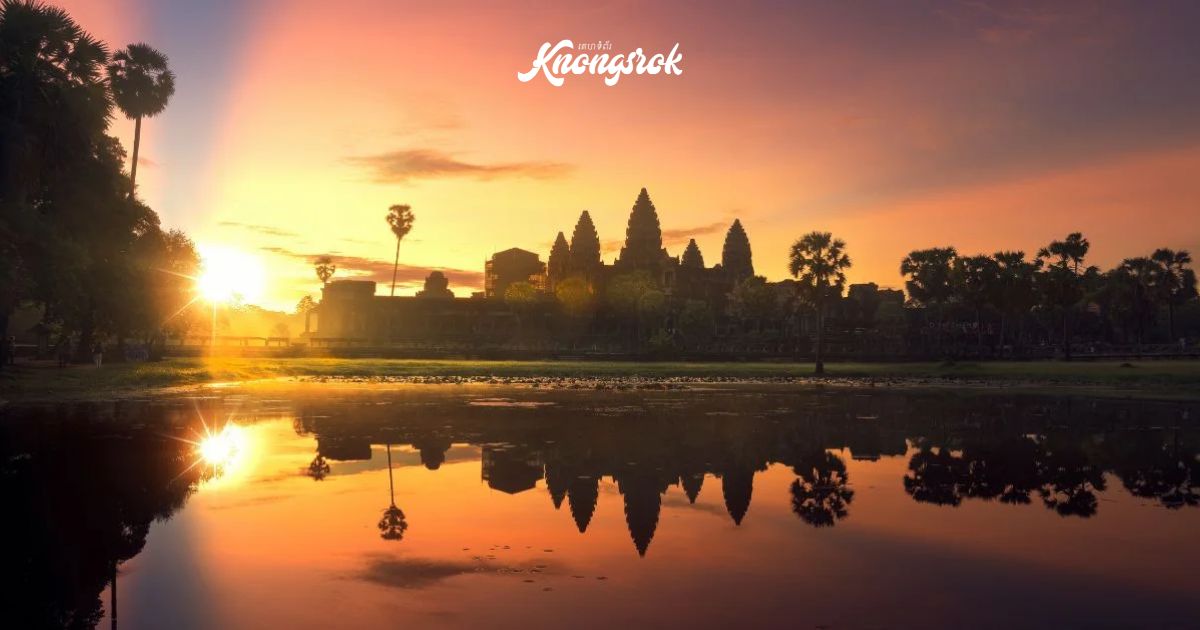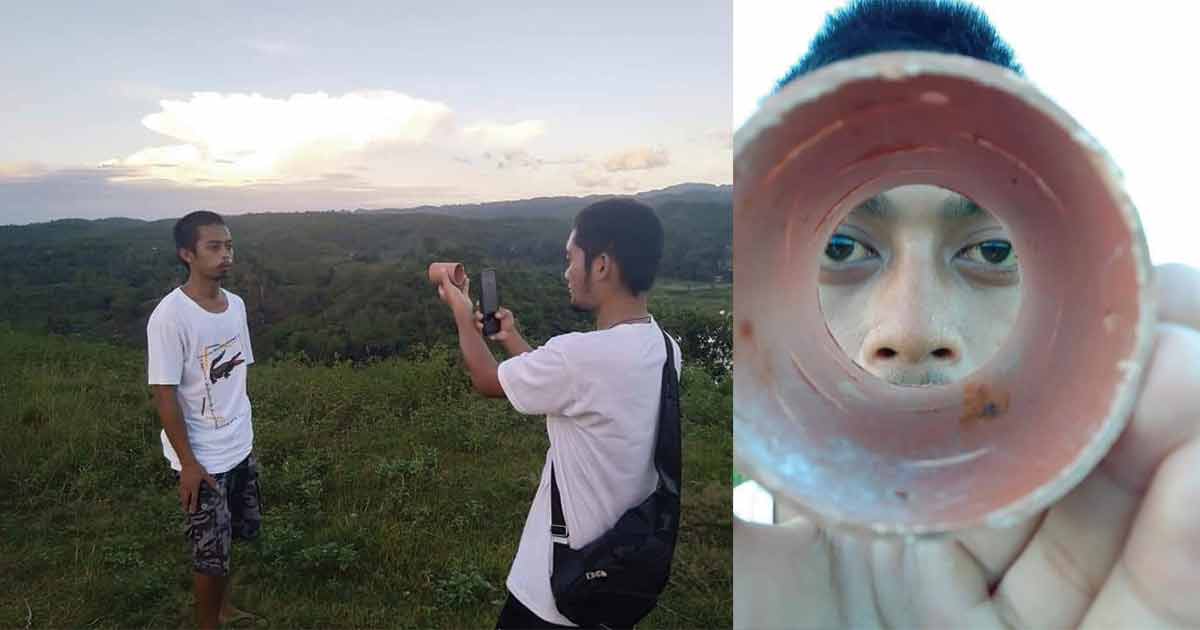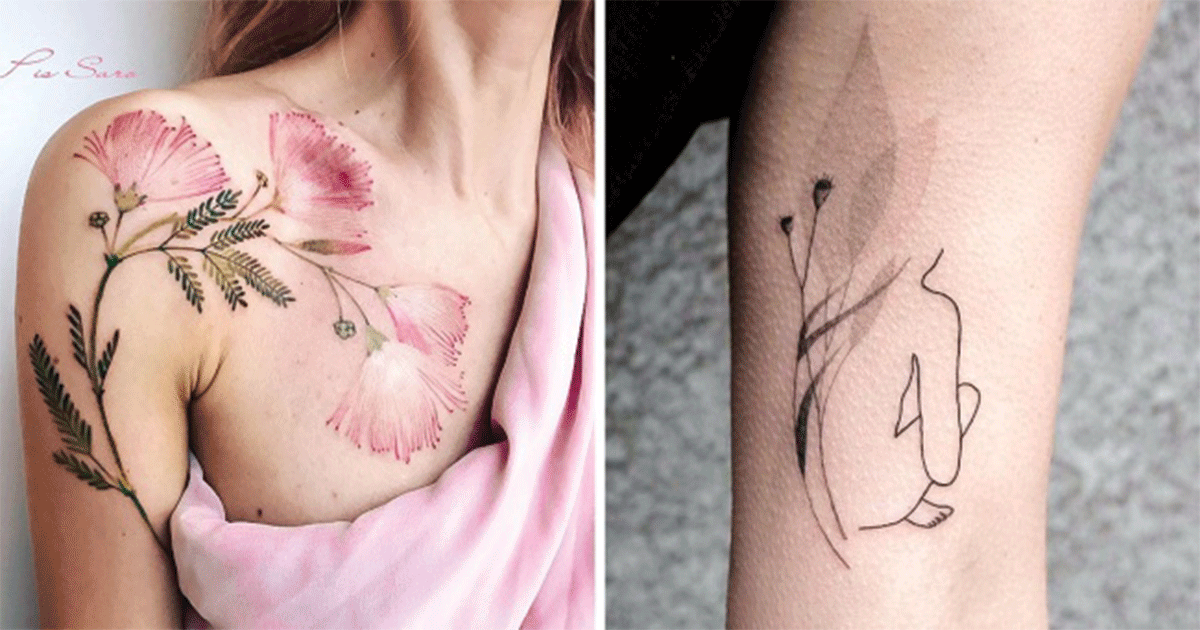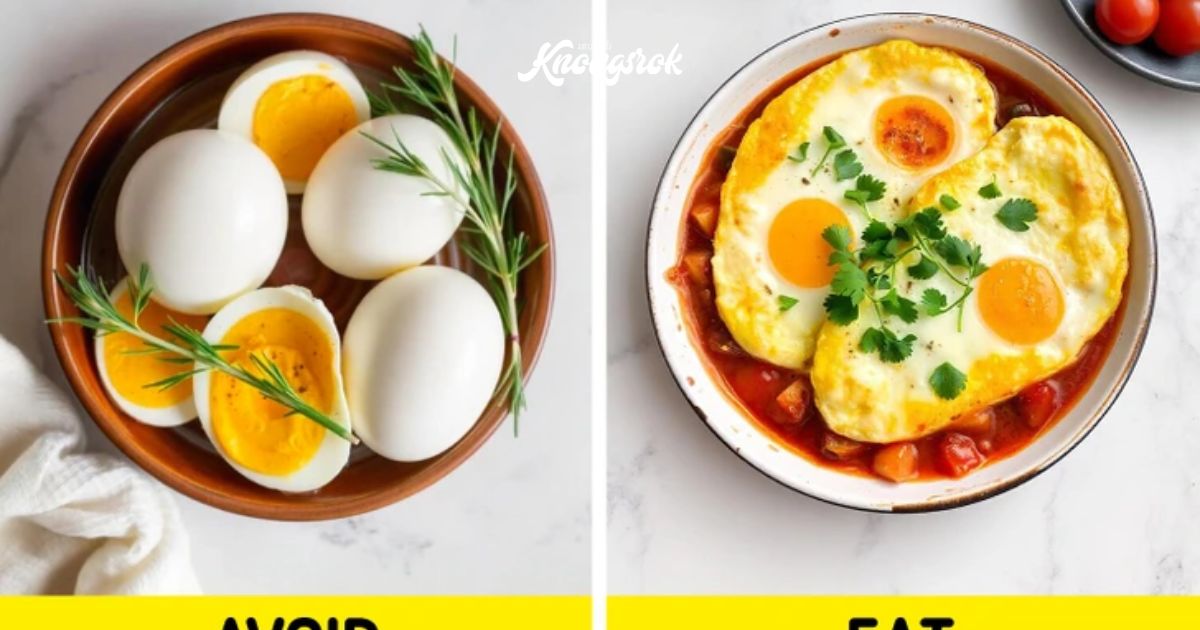18 most difficult tattoos that no one dares to try!
18 Most Difficult Tattoos That No One Dares to Try
Tattoos are an incredible form of art, but some designs and techniques are so challenging that even the most skilled tattoo artists may hesitate to take them on. Whether it’s due to intricate detail, unusual placement, or the sheer complexity of the design, these tattoos require incredible skill, precision, and bravery. Here are 18 of the most difficult tattoos that no one dares to try.
1. Full Body Tattoo
A full-body tattoo requires not only extreme endurance from the client but also incredible stamina and artistry from the tattoo artist. Covering the entire body with intricate designs that flow seamlessly is a feat few artists can master.
Why it’s difficult: Requires precise planning, multiple sessions, and artistic consistency over a large canvas.
2. White Ink Tattoos
White ink tattoos are particularly challenging because the ink is subtle and difficult to apply. White ink can fade easily, and the tattoo may be barely visible on lighter skin tones, making it tough to work with.
Why it’s difficult: Requires extreme precision, as any mistakes can be difficult to correct and the ink doesn’t show well on all skin types.
3. Watercolor Tattoos
Watercolor tattoos mimic the fluidity and gradient effects of watercolor paintings, which means the artist must create a smooth, flowing design without the traditional bold lines to contain the color.
Why it’s difficult: Achieving the soft, blended look is hard to master, and these tattoos can fade faster than traditional designs, requiring special techniques.
4. Face Tattoos
Face tattoos are risky because of the sensitivity and visibility of the area. The face has uneven surfaces and delicate skin, making precision and care crucial. Any mistake is highly visible and hard to hide.
Why it’s difficult: Requires perfect placement and precision, as the face is a delicate and constantly visible canvas.
5. UV/Blacklight Tattoos
UV tattoos use special ink that is only visible under blacklight. The ink is harder to work with, and the effect is invisible in normal light, meaning the artist has to trust their skills without the usual visual feedback.
Why it’s difficult: The ink is tricky to apply evenly, and mistakes are hard to fix since the tattoo isn’t visible under normal conditions.
6. Eyeball Tattoos (Scleral Tattoos)
Tattooing the whites of the eyes (sclera) is not only rare but also extremely dangerous. A mistake could lead to blindness or infection, and few tattoo artists are willing to attempt such a risky procedure.
Why it’s difficult: The eye is an incredibly sensitive area, and any error could cause irreversible damage or blindness.
7. 3D Realism Tattoos
Realism tattoos that aim to look three-dimensional are some of the most technically challenging designs. Artists must create depth, shadows, and highlights that trick the eye into seeing the tattoo as a lifelike image.
Why it’s difficult: Requires mastery of shading, perspective, and detail to create a tattoo that looks truly three-dimensional.
8. Intricate Geometric Designs
Geometric tattoos, especially those with repeating patterns and precise symmetry, are extremely difficult to execute perfectly. Any small mistake in the linework or alignment can ruin the entire design.
Why it’s difficult: Requires incredible precision and steady hands to ensure every line and angle is exact.
9. Inner Lip Tattoos
Inner lip tattoos are small and hidden, but the difficulty comes from the sensitivity of the area and the fact that tattoos here fade quickly. The lip’s constant exposure to moisture makes it hard for the ink to stay.
Why it’s difficult: The area is difficult to tattoo, fades quickly, and often requires touch-ups, making it a tricky spot for both the artist and client.
10. Portrait Tattoos
Portraits are notoriously challenging because they require absolute accuracy to capture the likeness of a person. Any slight error can distort the image, turning a loved one’s face into an unrecognizable or distorted version.
Why it’s difficult: Capturing the exact likeness and expression of a person requires extraordinary skill and precision.
11. Fine Line Tattoos
Fine line tattoos, with their delicate, thin lines, are a trend, but they require an extremely steady hand and a perfect balance of pressure. The tiniest mistake can make the lines too thick or uneven.
Why it’s difficult: There’s no room for error, as any inconsistency in the line thickness or detail is highly noticeable.
12. Scar Tissue Tattoos
Tattooing over scar tissue is difficult because the skin in those areas heals differently and may not absorb ink as evenly. Scars can be raised, thin, or sensitive, making the process unpredictable.
Why it’s difficult: Scar tissue is less predictable than normal skin, making it hard for the ink to stay or heal properly.
13. Rib Tattoos
Rib tattoos are painful for clients because of the lack of cushioning between the skin and the bones. The artist has to deal with constant movement from the client’s breathing, making it hard to maintain steady work.
Why it’s difficult: The area is painful, causing the client to fidget, and the ribcage’s movement while breathing adds extra difficulty.
14. Palm Tattoos
Tattooing the palms is difficult because the skin on the hands regenerates quickly, causing tattoos in this area to fade faster. The thick, calloused skin also makes it harder for ink to stay.
Why it’s difficult: The area heals differently, and tattoos here tend to blur or fade rapidly, requiring special techniques to last.
15. Elbow Tattoos
The elbow is a tough spot to tattoo due to the thick skin and constant movement of the joint. Ink can be difficult to apply evenly on such a flexible surface, and healing can be tricky as well.
Why it’s difficult: The area moves constantly, making it hard for the tattoo to heal properly without distorting.
16. Handwriting or Script Tattoos
Tattoos that involve delicate handwriting or intricate scripts can be difficult because even the slightest misstep can make the text unreadable. The artist needs a steady hand and a good eye for typography.
Why it’s difficult: Script must be consistent, readable, and precise, as even small errors in linework can make the tattoo look unprofessional.
17. Tattoos with Heavy Saturation
Tattoos that require large areas of solid color, especially in dark shades like black or deep reds, are difficult because maintaining even saturation over a large area without patchiness or fading is a challenge.
Why it’s difficult: Achieving consistent saturation without causing excessive damage to the skin requires expert skill.
18. Cover-Up Tattoos
Covering an old tattoo is much more complex than creating a new design from scratch. The artist must work around the existing ink, often using creative techniques to hide or incorporate the old tattoo into something new.
Why it’s difficult: Requires the ability to work around old ink, hide dark areas, and creatively design a new piece that complements or completely conceals the original tattoo.
Final Thoughts
These 18 tattoo styles and techniques represent some of the most challenging designs in the world of tattooing. Whether it’s due to intricate details, complex locations, or high risks, these tattoos require extraordinary skill, patience, and artistry to master. Few dare to attempt them, but for those who do, the results can be nothing short of extraordinary.














